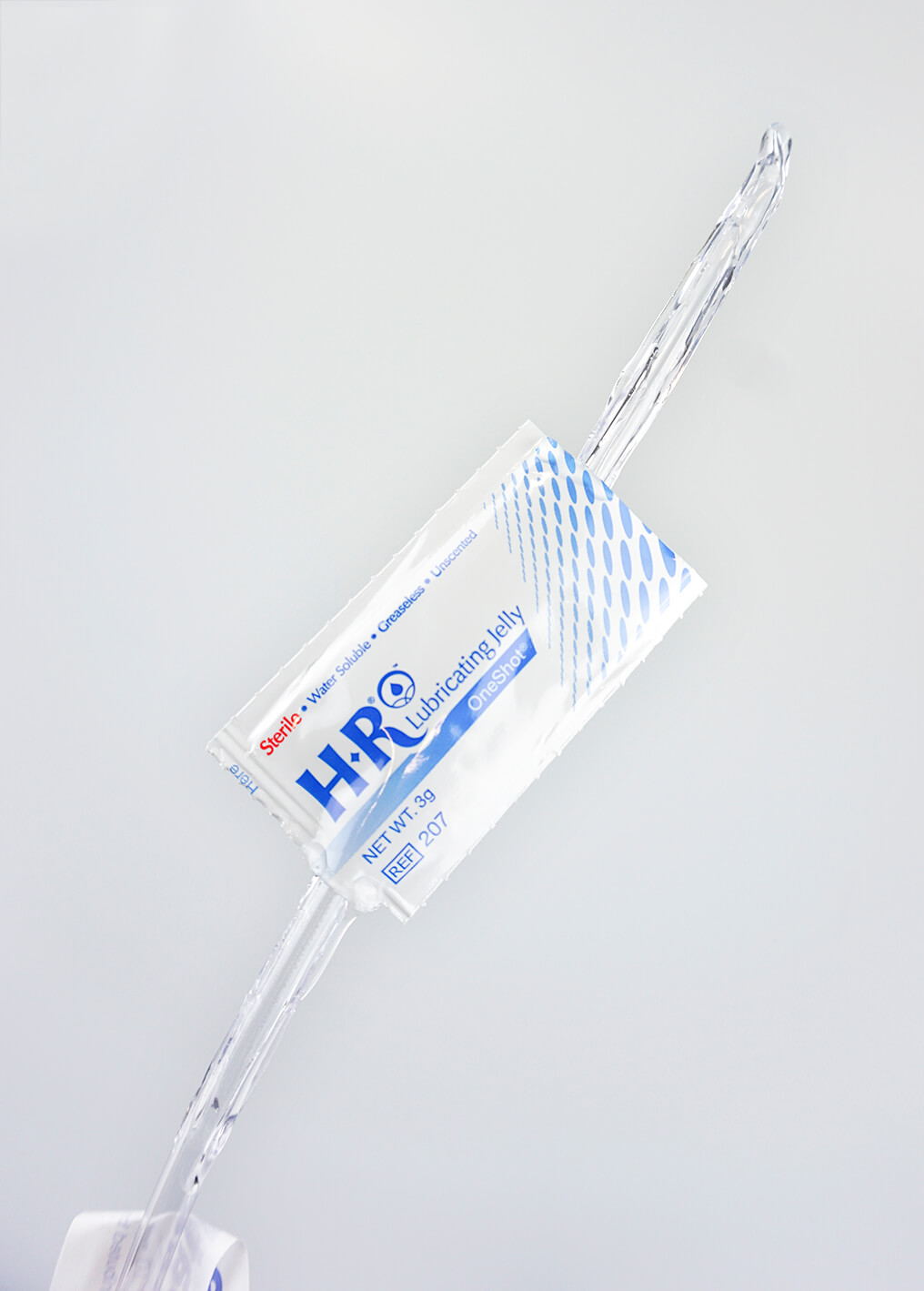Is self-catheterization uncomfortable or painful for you? While some discomfort is to be expected as your body adjusts, with practice and the correct products, you can make self-catheterization less painful and a more comfortable part of your life.
Use a Catheter with Polished Eyelets
Catheter drainage eyelets are small holes near the insertion tip of your intermittent catheter, and can significantly impact the comfort level of your catheterization experience. Catheters with rough, unpolished eyelets can cause pain and discomfort during insertion and removal, which is why you should always look for intermittent catheters with polished drainage eyelets.
TruCath® catheters feature smooth polished drainage eyelets for smooth insertion and removal with offset eyes to provide drainage from two points within the bladder.
Use A Quality Medical Lubricant with Uncoated Straight Catheters
If you are using an uncoated straight catheter, it is important to use a quality medical lubricant to help reduce friction and discomfort during catheter insertion and removal. Unfortunately, not all lubricants are created equal, so it is important to look for the following features:
 Bacteriostatic – to help prevent infection.
Bacteriostatic – to help prevent infection.- Water-soluble – offers the most comfortable slickness and won’t compromise the integrity of the catheter.
- Viscous – reduces friction and makes the process smoother.
- Sterile – prevents bacterial growth in the lubricant and reduces the incidence of UTI.
At HR HealthCare, our medical lubricants have been used in urological procedures since the 1930s. HR Lubricating Jelly is a sterile, general-purpose medical lubricating jelly, that is widely used in hospitals and physicians’ offices. The water-soluble, non-irritating, fragrance-free formulation features optimal viscosity that adheres well and spreads evenly.
Consider a Coude Catheter
A coude catheter is an intermittent catheter with a curved insertion tip that is designed to make it easier to reach the bladder if there is difficulty navigating over the prostate. Coude catheters are often prescribed to those with certain medical conditions such as urethral strictures or an enlarged prostate.
If your doctor has determined that coude catheters work best for you, TruCath offers both intermittent coude and hydrophilic coude catheters with polished eyelets and a marked funnel for optimal catheter tip positioning.
Try a Hydrophilic Catheter
When using an intermittent catheter, they must be lubricated to reduce discomfort. While straight catheters need to be manually lubricated, hydrophilic catheters are ready-to-use and come with an integrated water pouch that creates an ultra-slippery surface, allowing for easy and smooth insertion and removal.

Perfect Your Self-Cath Technique
If you are new to self-catheterization, you may be nervous, making insertion more difficult. Perfecting your self-cath technique as time goes on, will help alleviate any discomfort caused by nerves. Remember, practice makes perfect!
Before beginning to self-cath, try taking a few deep breaths to allow your body to relax, and make sure you are in a comfortable position. Never force your catheter. If you are having trouble inserting your catheter, step away for a few minutes and then try again.
Ready to Discover TruCath?
TruCath products are available at medical supply companies and distributors nationwide. Our dedicated partners work with patients one-on-one so they receive the best catheters for their unique needs and lifestyle.
Ask your provider to try TruCath Intermittent Catheters today and they will provide samples of our products and answer any questions you may have. It is quick and easy, with no obligation.
If you are experiencing abnormal pain or discomfort during self-catheterization, please speak to your doctor.
What topics do you want to read about?
We’re interested in your feedback on what topics you’d like to read about. Please contact us with your suggestion and we’ll do our best to cover topics that interest you.
